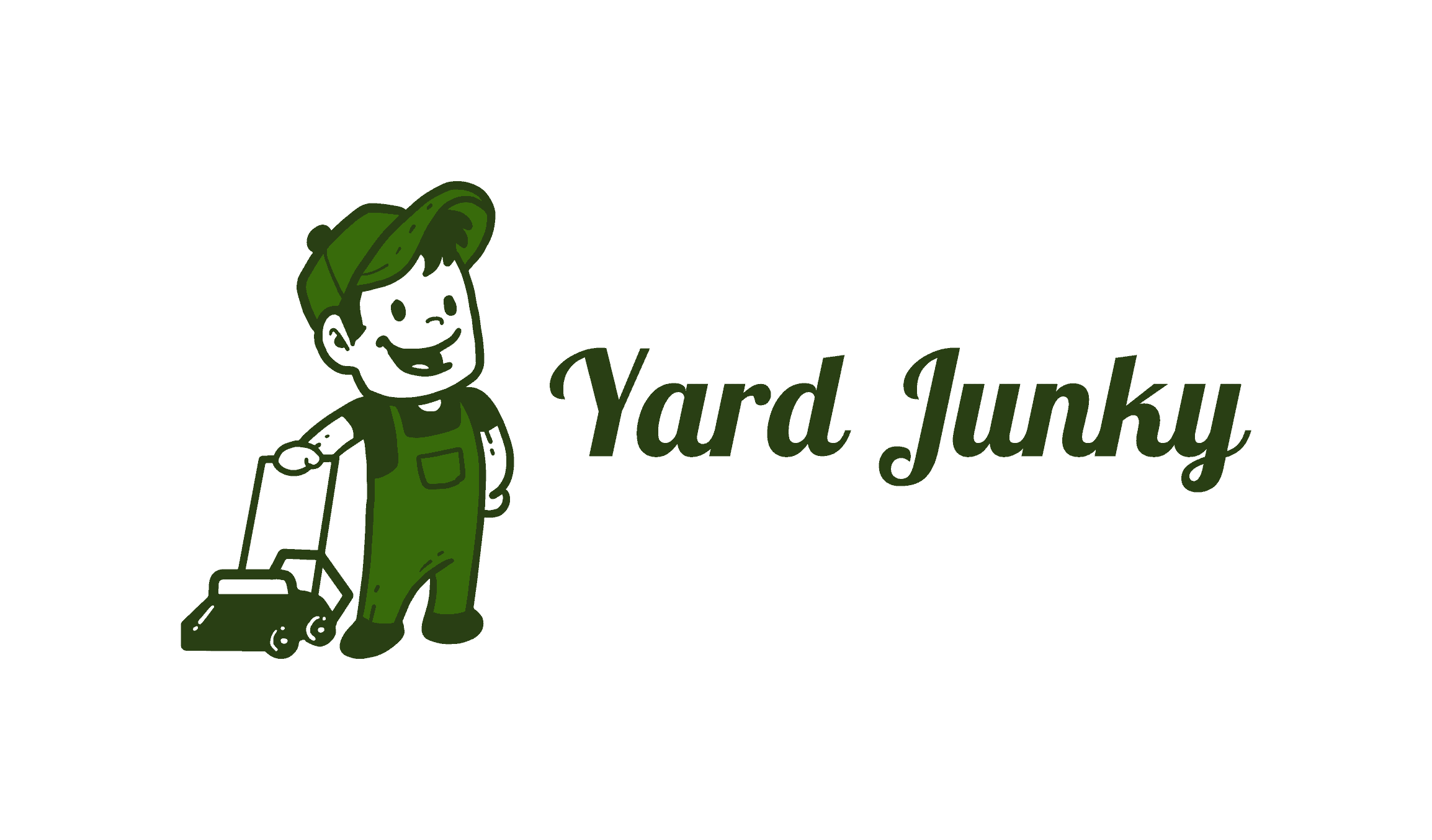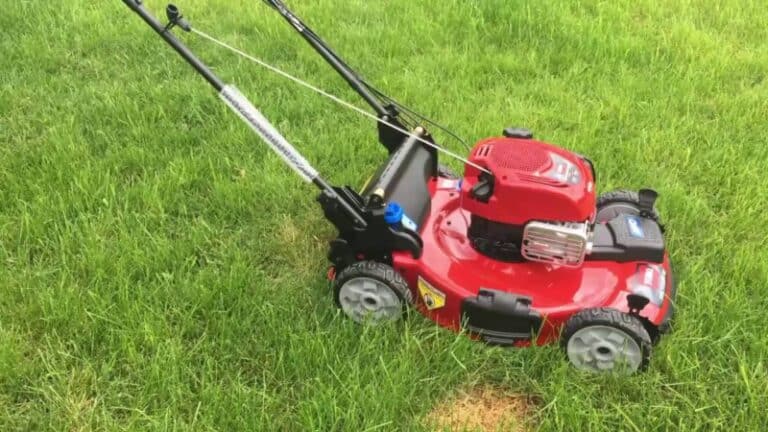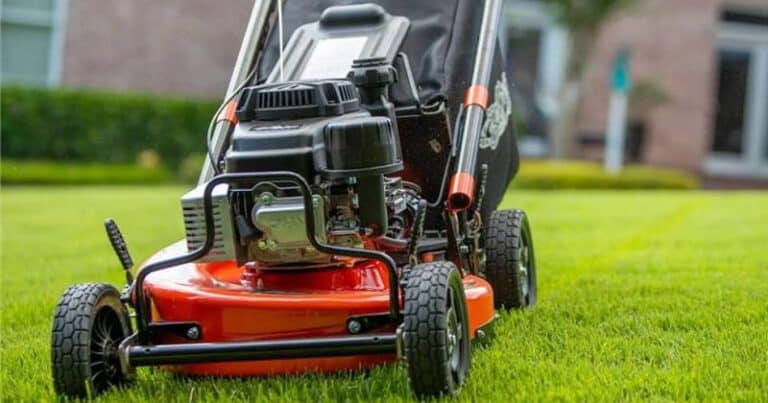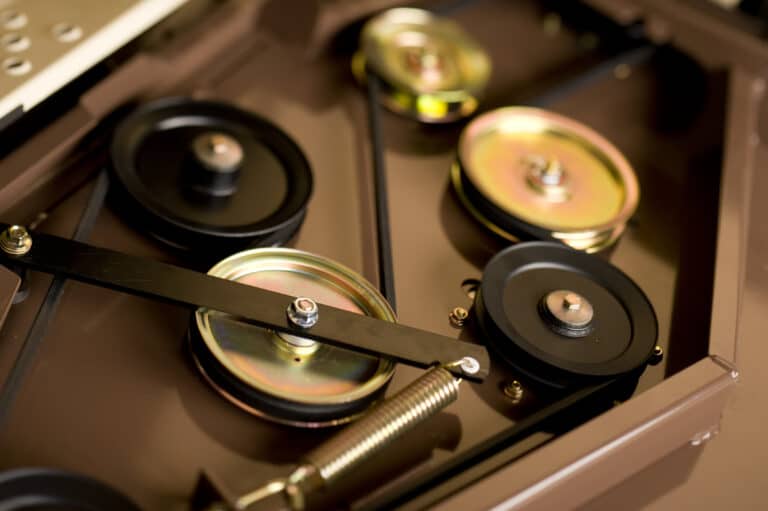How to Fix John Deere Zero Turn Steering Problems
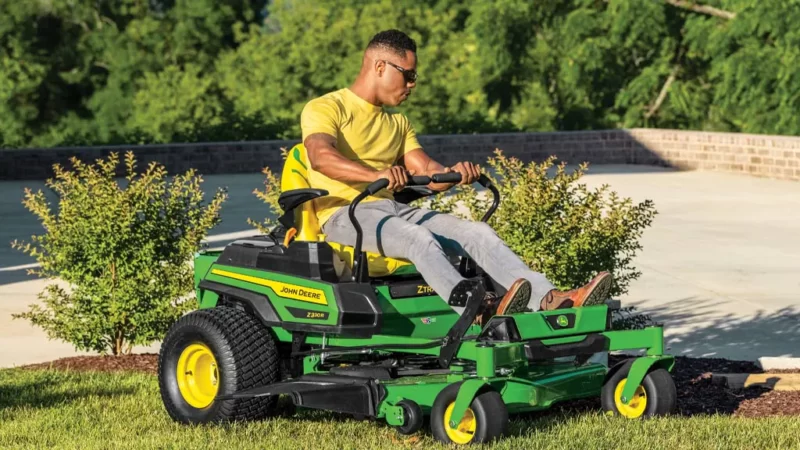
Here you’ll find information on common issues and suggested fixes for John Deere zero-turn mowers. First, let’s discuss the causes and remedies for the John Deere steering issues. It might be difficult to find comprehensive data online.
So, it’s best if you don’t use any unnecessary effort. In order to facilitate your research, our staff has prepared comprehensive data on Zero Turn Steering Issues. We won’t waste any more time; instead, we’ll go right into the meat of the discussion.
Possible Causes for the John Deere Steering Not Working
1. Wheel Bearings Problem
A client voiced concern that its former owner had neglected the wheel joints on his mower. Flip-flopping between sides was a common occurrence. The Mower got more unwieldy to maneuver over time. This is due to the possibility of unsecured bolts or damaged bushings. If the necessary gear doesn’t activate, steering won’t be as simple.
2. Undercarriage And Deck
Mowers might get mired if the slope is too great. There will come a time when you can no longer steer the tractor or reverse it. Also, mowers are prone to damage the device if they collide with anything solid, such as a cement wall. Someday you sometimes need assistance turning the wheel rapidly.
3. Inappropriate Tire Pressure
Problems with the tires are a typical cause of steering issues. In addition, many drivers have difficulty navigating since their tires are over or under-inflated.
4. Wheel Speed
When one of the mower’s driving wheels is rotating more slowly compared to the other, the tractor may lean in that way.
5. Debris
The failure to maintain the steering system or the accumulation of debris on its components are two of the most common causes of steering failure.
To prevent your blade from being entangled in rope or long thorns, keep them at a safe distance from the handle. It may make steering more difficult. Verify whether anything else may get trapped.
6. Broken Steering Gear
A client once reported that while using his lawnmower, he had collided with a facade. Also, the action had loosened the gears. This mechanism is in charge of directing the vehicle. That’s why he was struggling to steer.
What are the Solutions for Steering Issues?
In case any of the relevant to you here’s what to do to get things back on track:
1. Altering the Throttle Setting
You can identify the bolt that prevents the steering wheel from sliding forward when you adjust it. For the arm to have more mobility, it may be necessary to adjust the degree of motion by either tightening or loosening the associated nut.
The nut can be loosened using a screwdriver, and the shaft may be turned by foot. The speed at which the bolt exits may be slowed by shifting it to the right. Moving it to the left, you may get it to retract farther into its container, resulting in increased speed.
2. Upkeep
The issue may be fixed, and the edge will survive longer if all the debris and other items tied around the shaft are removed. In addition, avoiding sloppy spots is recommended. The first step is to take a good look around. Then, adjust the height to your preferred level.
3. Lowering the Bounce
The direction might be tricky at times. This is one possible method the tying pole fails. The system runs the throttle on the side of the vehicle to the left rear wheel’s pneumatic power.
The low lever is shifted forward by this, which improves the overall equilibrium. You may want to change it.
It’s also possible that the wheel axis is damaged or deformed, causing you to have trouble navigating straight. It’s possible that you’ll also have to change the wheel axis.
4. Modifying the Rotational Velocities of the Wheels
If your lawnmower veers in one direction when you press both steering knobs in the same direction, you may correct this by reducing the speed on the quicker wheel or increasing it on the slower unit.
Certain measures must be taken to accomplish this:
- First, determine the correct mowing direction (left or right).
- To make adjustments, unbolt the device’s screw.
- The modification bolt may be turned clockwise to reduce the amount the steering arm moves or counterclockwise to increase the movement it receives.
- Reconnect the nut to its original location.
5. Altering The Controls For Better Maneuverability
There are instances when the wheel leans to one side. The experience of mowing will be altered. To eliminate this –
- Raise or lower the lever to the desired position.
- Alter the lever’s shaft as needed.
6. Correcting the Pressure of the Tire
Verify the proper air pressure for the tires according to the user instructions, and the issue should be resolved. Then, inspect the tire with a tire pressure sensor. The tire pressure may be adjusted by releasing gas out of the tires or adding air until the recommended pressure is reached.
7. Fastening Bolts
Lawnmower vibrations may be reduced or eliminated by using engine screws. However, the nuts and bolts may occasionally come free on their own. Make sure all engine components are in position and that those that are misplaced are replaced.
John Deere Zero-Turn Malfunctioning On One Side
If just half of your tractor is cutting grass, you may examine a few items to see what’s wrong. It is imperative that you start by making certain the deck is straight. Not having a perfectly flat deck can prevent one side from functioning if the blades make contact with the floor at different heights.
The deck’s levelness may be checked by measuring from the floor to its highest point on both ends or using a level. Decks that aren’t perfectly flat need to be adjusted. It’s also important to double-check the belts.
The belts might slide and cause the blades to stop rotating if they are excessively slack. The straps should be checked for looseness and tightened as needed.
Evaluate the cutting edges as the last step. The blades might render one side of the tractor inoperable if they are dull or damaged. The blades should be inspected and, if necessary, sharpened or replaced.
If the lawnmower still doesn’t function after you’ve examined these items, you might have to bring it to a John Deere distributor or repair facility.
What Function Does A Steering Compensator Do On A Zero-Turn Tractor?
Steering dampers are connected to the drive shaft of a zero-turn tractor. It helps to dampen the driver’s impact on the steering wheel, allowing turns to be easier to handle. The damper may typically be adjusted so the driver can fine-tune the resistance felt while turning the wheel.
Frequently Asked Questions
How can I avoid having steering issues in the first place?
Look for signs of wear on the nuts, spindles, and fasteners. In case any of these components break, you may swap them out before they become an issue.
At what frequency will I need to make steering adjustments?
Nuts and bolts might get dislodged when the device vibrates. It is common to have issues with the steering that must be fixed. This is something you’ll need to perform once or thrice a year.
Why do larger decks make sense?
Decks with a greater surface area can mow a larger area in a single cycle, saving you time and effort while allowing you to create simple symmetrical lines more efficiently and cover more ground every pass.
When turning a zero-degree angle, how does a zero-turn mower function?
The ride-on zero-turn vehicle has front wheels that can move at greater degrees than the rear. This makes it simple to navigate around obstacles when cutting grass.
Conclusion
The issues with john deere steering have been identified, and it is your responsibility to address these issues and inspect the relevant components before it is too severe.
A John Deere lawnmower might be too expensive for a tiny lawn. However, it may be worthwhile if there is a considerable distance to go.
Keep the tractor clean after each usage to keep it running smoothly. Connectors, blades, and oil should be changed at a minimum once every mowing cycle.
You can also read:
